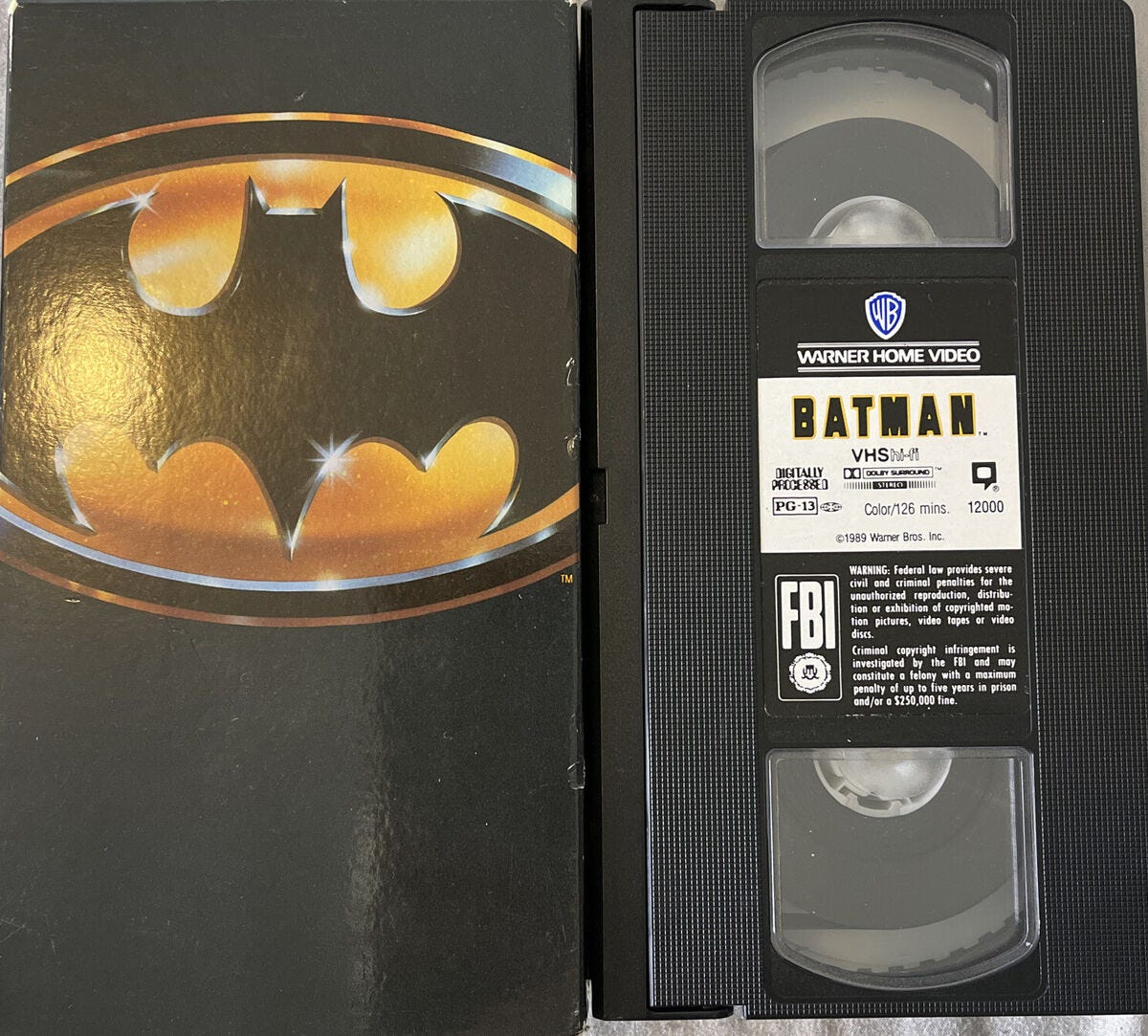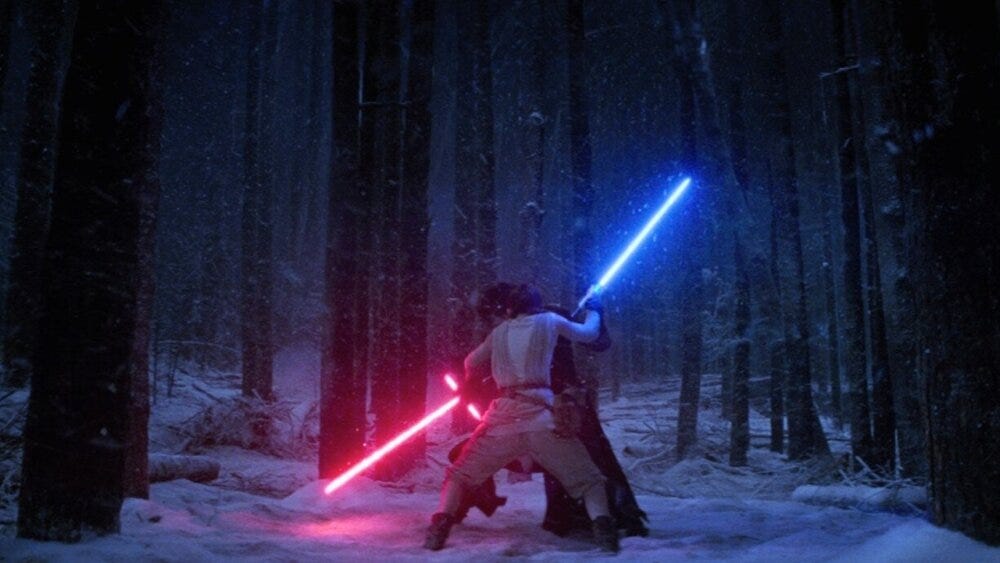(Note: This is the historical look at the studios and how money is spent that gave birth to THB #613: Studios' October Fail.)
As I keep reading otherwise smart people continue to repeat the notion that if studios didn’t spend so much on expensive, mostly IP-based movies, they could spend all that money on many smaller, hopefully artistically more worthy films, I want to scream. But no one listens anymore. So I’m just going to take this walk through memory lane, hoping to make a small dent in an idea that is well-intended, but, sadly, wrong.
The first $200 million production budget movie in history - Titanic - was just 26 years ago, in 1988. Earlier that same year, Armageddon was the second most expensive film that year, with a budget of $140 million. Godzilla was third, at $130 million. Pixar’s A Bug’s Life was $120 million. Antz from DreamWorks Animation was $105 million.
So there were just 5 films that cost more than $100 million to produce in 1988.
By 1999, there were 7 $100 million+ budgets, the highest being Wild Wild West at $170 million. (Some of these budgets have become apocryphal, accepted as real, but are in reality a bit low… a few very intentionally took out the costs of the versions that weren’t made or were partially made off the books and moved those spends to a 2nd sets of books. Years and years ago, I used to be a giant pain in the ass about this for studios. But I am not here to fight that fight in this piece, so I am running budgets that have become accepted by the media.) #2 was Sony’s Stuart Little with an alleged $133 million price tag (ha ha). Disney’s Tarzan was #3 with $130 million. The return of Star Wars, The Phantom Menace, reported at $115 million. The 2nd Bond movie to cost over $100 million, The World Is Not Enough, at $110 million. (Just 4 years and 2 Bonds earlier, Goldeneye cost $60 million.) And both Sleepy Hollow and End of Days came in at $100 million flat.
At the worldwide box office, those 5 titles ranked as #1, #4 , #9, #14, #16, #18, and #32 new releases that year. So some good investments and some less so.
Moving on to 2000 - since Mojo and MojoPro make it hard to start anywhere else - let’s take a look at the spending.
The entire production at Warner Bros - 28 new movies, including the most expensive of the year, The Perfect Storm, claiming to cost $140 million - was no less than $900 million and no more than $1 billion.
Disney had 17 new releases, including 3 of the most expensive of the year, Dinosaur, allegedly $130 million, Mission to Mars, allegedly $100 million, and The Emperor’s New Groove at $100 million - and the company’s total production budget was under $1 billion.
Sony released 27 new movies in 2000, including The Patriot ($100m), Hollow Man ($85m), and Charlie’s Angels ($93m) and spent less than $900 million overall on production.
Universal had 13 new movies, including the live-action The Grinch at $125 million, with a total production budget of around $850 million for the year.
Fox’s production budget for 13 new releases, which included X-Men and Cast Away, but nothing over $100 million was less than $600 million.
Paramount had Mission: Impossible II ($125 million) and the overall production budget for 12 movies was about $600 million.
DreamWorks SKG released 10 new movies in 2000, the most expensive being Gladiator at $103 million, spending less than $500 million total on production.
Worldwide Box Office was at $14 billion, $7.5 billion of it from the domestic market.
But things change…
DVD revenues, the first serious steps into international expansion, and Computer Graphics accelerating in complexity and the belief that they were key to international business came together to up-end the norm of industry math.
In 2000, there was just 1 film that grossed over $500 million. But then, in 2001, the trio of Harry Potter, Lord of the Rings, and Pixar all turned the trick.
In 2002, Star Wars and Spider-Man added to Potter and Rings to have 4 $500 million+ movies in the marketplace.
2003… The 3rd Rings, Nemo, Matrix 2 and Pirates 1 make 4.
In 2004, the count leapt to 7.
Keep in mind that the DVD business in this period was booming - albeit not far from busting - so even with most movies doing so well in DVD that it was said that you could really not lose money on a movie in this period, the franchise movies making over $500 million in theaters were also raking up the most cash from the DVD business. DVDs were mostly a sell-thru model, also undermining the rental model that VHS had and Blockbuster with it.
But another key phenomenon was happening amidst the DVD boom. Marketing budgets were multiplying. I mean, like crazy. One of the first drivers of the efforts to shorten the window again (this started, really, with Batman in 1989, being released on VHS less than 5 months after release, which cut the norm in roughly half at the time.), was that the Home Entertainment divisions, bathing in cash from DVD sales, started spending almost as much on marketing DVD releases as they did for theatricals. So as theatrical marketing spending was rising fast, some Home Ent divisions were doubling the spend. Thus, shorter windows allowing the studio to not spend that amount of money twice in a year for one movie.
But I digress (or do I?)…
It took until 2011 for the industry to pass 10 $500 million+ grossing movies in a year for the first time… jumping all the way to 12 that year. And wouldn’t you know it, all but 2 of those 12 films were direct sequels… 1 of the 2 others was a franchise spin-off (Puss in Boots, via Shrek), and the last of them was The Smurfs, which hadn’t had a major movie version before, but was more than a little well-known for decades before this film was made.
Worldwide box office had more than doubled in those 11 years, to $30 billion worldwide.
And what did studio production budgets look like in that year of 2011?
Studio - 2011 Releases - Production Spending - Films Over $100m
Warner Bros - 22 releases - approx $1.5 billion - $200m/$150m/$135/$125m
Disney - 13 releases - approx $1.1 billion - $250m/$200m/$150m/$110m
Sony - 14 releases - approx $900 million - $120m/$110m/$100m
Universal - 15 releases - approx $900 million - $163m/$125m
Fox - 15 releases - approx $700 million - $160m
Paramount - 11 releases - approx $950 billion - $150m/$150m/$145m/$140m/$135m/$135m
DreamWorks - 3 releases - approx $475 million - $195m/$150m/$130m
Even in all the heat of the emergence of international, in which every single Top 20 worldwide movie that year grossed more internationally than domestically, and with DVD having fallen off to the point where Theatrical was the dominant revenue stream again… production spending had not multiplied. Yet.
Marketing, however, had not been tamed. By 2011, the DVD madness has subsided. Netflix started streaming - badly - in 2010… but it was improving every month. But the cost of what was then still known as P&A (prints and advertising) for theatrical had, for the most part, locked in at a very expensive standard of spending for a wide studio release. Often, the cost of releasing a movie was much higher than making a movie.
And then there was Disney.
Disney bought Marvel in 2009. They wouldn’t release their first Marvel film until 2012’s The Avengers, paying to reacquire distribution from Paramount. That was the same year Disney acquired Lucasfilm. And indeed, the same 3 year lag time would occur before Disney’s first Star Wars movie arrived. And that was the year when the spending started accelerating, even as the release count got smaller.
In 2014, Disney released 13 new movies at a production cost of under $1 billion. And that was with 4 titles that cost more than $150 million each: Guardians of the Galaxy, Captain America: The Winter Soldier, Maleficent, and Big Hero 6.
In 2015, Disney released 11 films and for the first time, there were films from the full array major brands we all think of as Disney: Star Wars: Episode VII - The Force Awakens, Avengers: Age of Ultron, Tomorrowland (a rare one based on the parks), Inside Out, The Good Dinosaur, Strange Magic, Cinderella, and Monkey Kingdom (Disney Nature). The 2 films from outside the core brands were dramas Bridge of Spies and McFarland USA.
In 2016, there were 4 non-brand movies on the Disney release schedule… but they were really just cleansing their magical colon. In 2017, there were zero non-brand films on the release schedule.
Then, in 2018, with 10 releases - 2 off-brand - Disney popped its $2 billion-a-year-in-production-cost cherry with 3 Marvel movies, a Star Wars prequel, 2 animated films, 2 live-action adaptations of animated hits, and the 2 off-brand efforts.
This year, 2024, saw a major cutback on the number of new films being released by Disney… to just 7… and production spending back under $1 billion for the first time in a decade. One Marvel movie got pushed to 2025. Both of the 2024 animated releases got their start with the intention of putting them on the streaming platform. Two of the releases are Fox brands fully produced under the Disney umbrella for the first time. The 2 massive hits so far each cost, allegedly, $200 million.
What did Disney not add to their spending choices after cutting production costs - yes, complicated, weird holdovers and cancellations, etc - in half? More high quality mid-budget films… except for Jerry Bruckheimer’s pet project, Young Woman & The Sea, which he made for table scraps, and had to fight to get the studio to release at all.
And in 2025, if things continue to the current plan, the production spend will be up near or over $2 billion again. And Freakier Friday and The Amateur (Fox) are the only budgets that won’t presumably crack $100 million.
Disney - year - production spending - # of new releases
2014 - under $1 billion - 13
2015 - $1.8 billion - 11
2016 - $1.8 billion - 13
2017 - $1.4 billion - 8
2018 - $2.5 billion - 10
2019 - $2 billion - 10
2023 - $2.1 billion - 12
2024 - under/around $1 billion - 7
2025 - $2b-plus - 12
No other studio has been as brand focused as Disney, no matter how much you may feel that the industry has been eaten by franchises.
Famously, Universal has been able to be their most profitable in years with a few major franchise titles and then, in years without them. The most discussed pair of years was 2013 and 2014.
Keep reading with a 7-day free trial
Subscribe to The Hot Button by David Poland to keep reading this post and get 7 days of free access to the full post archives.






